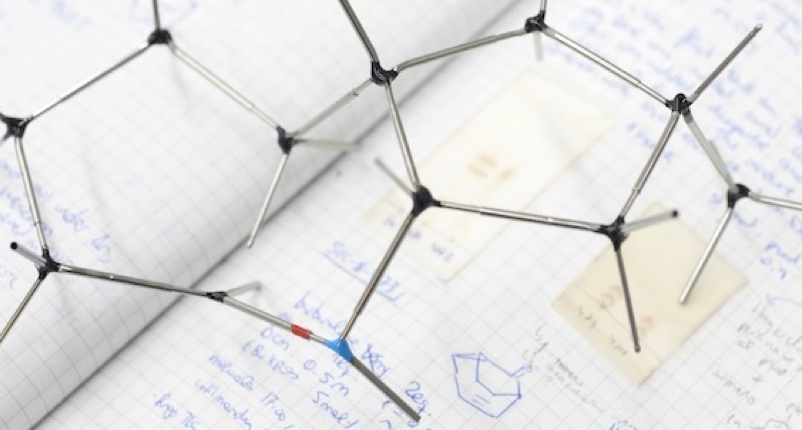Intramolecular C(sp3)–H Bond Amination Strategies for the Synthesis of Saturated N-containing Heterocycles
The selective functionalization of C(sp3)–H bonds via intramolecular amination reactions represents a very attractive strategy for the construction of saturated N-containing heterocycles (SNHets). Over the past de- cades, the chemical community has devoted its efforts towards expanding the synthetic toolbox with the aim of facilitating access to these key fragments in a controllable, reproducible and efficient manner. This review covers selected examples of the most recent advances in intramolecular C(sp3)–N bond-forming reactions by three main approaches: (1) the Hofmann-Löffler-Freytag (HLF) reaction; (2) transition-metal-catalyzed nitrene C(sp3)–H inser- tion; and (3) transition-metal-catalyzed ligand-assisted C(sp3)–N bond-forming reactions via a reductive elimination step. We will discuss reactivity, selectivity and the major mechanistic insights into these transformations.

Zhang, J.; Pérez-Temprano, M. H.
Chimia 2020, 74 (11), 895-903
DOI:
10.2533/chimia.2020.895

Let's create a brighter future
Join our team to work with renowned researchers, tackle groundbreaking
projects and contribute to meaningful scientific advancements




















